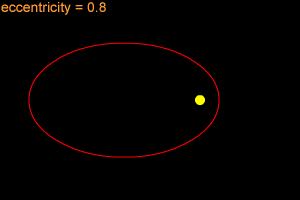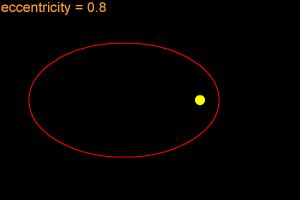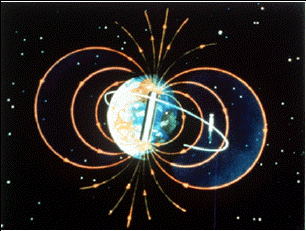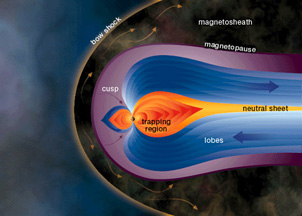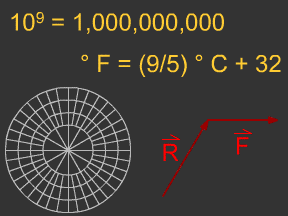Click on image for full size
Original animation by Windows to the Universe staff (Randy Russell).
Eccentricity of an Orbit
You may think that most objects in space that orbit something else move in circles, but that isn't the case. Although some objects follow circular orbits, most orbits are shaped more like "stretched out" circles or ovals. Mathematicians and astronomers call this oval shape an ellipse.
An ellipse can be very long and thin, or it can be quite round - almost like a circle. Scientists use a special term, "eccentricity", to describe how round or how "stretched out" an ellipse is. If the eccentricity of an ellipse is close to one (like 0.8 or 0.9), the ellipse is long and skinny. If the eccentricity is close to zero, the ellipse is more like a circle.
The eccentricity of Earth's orbit is very small, so Earth's orbit is nearly circular. Earth's orbital eccentricity is less than 0.02. The orbit of Pluto is the most eccentric of any planet in our Solar System. Pluto's orbital eccentricity is almost 0.25. Many comets have extremely eccentric orbits. Halley's Comet, for instance, has an orbital eccentricity of almost 0.97!
The Sun is not at the center of an elliptical orbit. It is a little off to one side, at a point called a "focus" of the ellipse. Because of this offset the planet moves closer to and further away from the Sun every orbit. The close point in each orbit is called perihelion. The far away point is called aphelion. If an orbit has a large eccentricity, the difference between the perihelion distance and the aphelion distance will also be large. Earth is only 3% further from the Sun at aphelion than it is at perihelion. Pluto's aphelion distance from the Sun is 66% greater than its perihelion distance.


